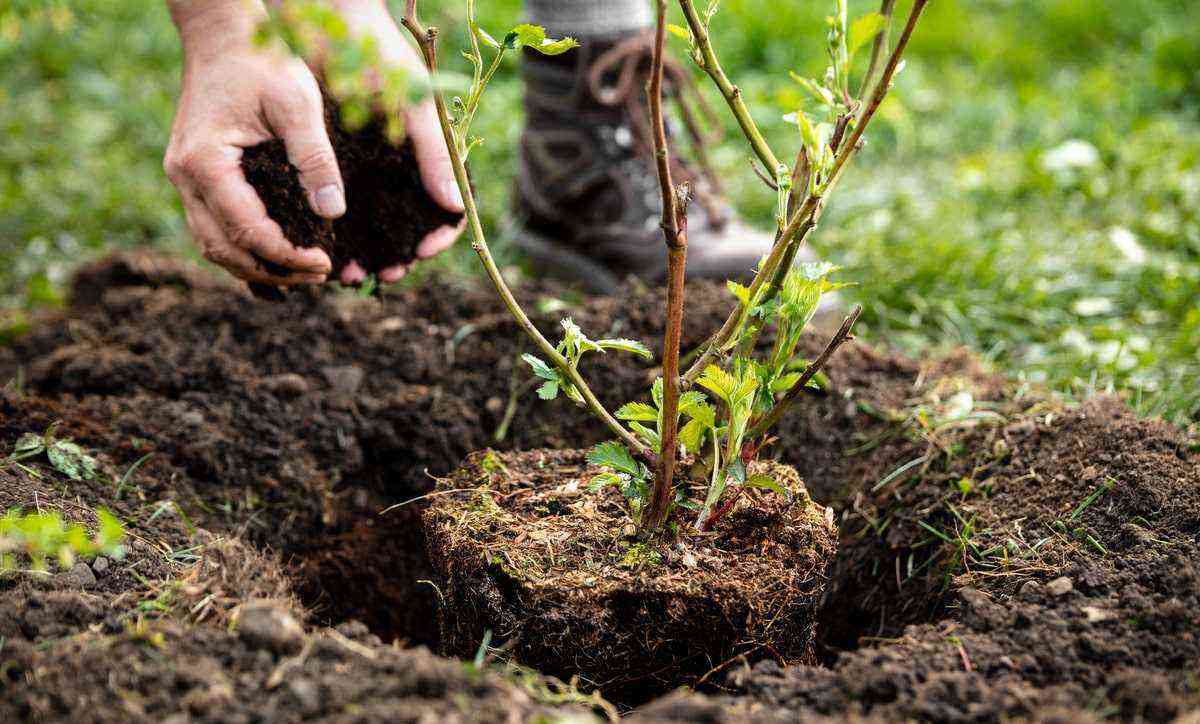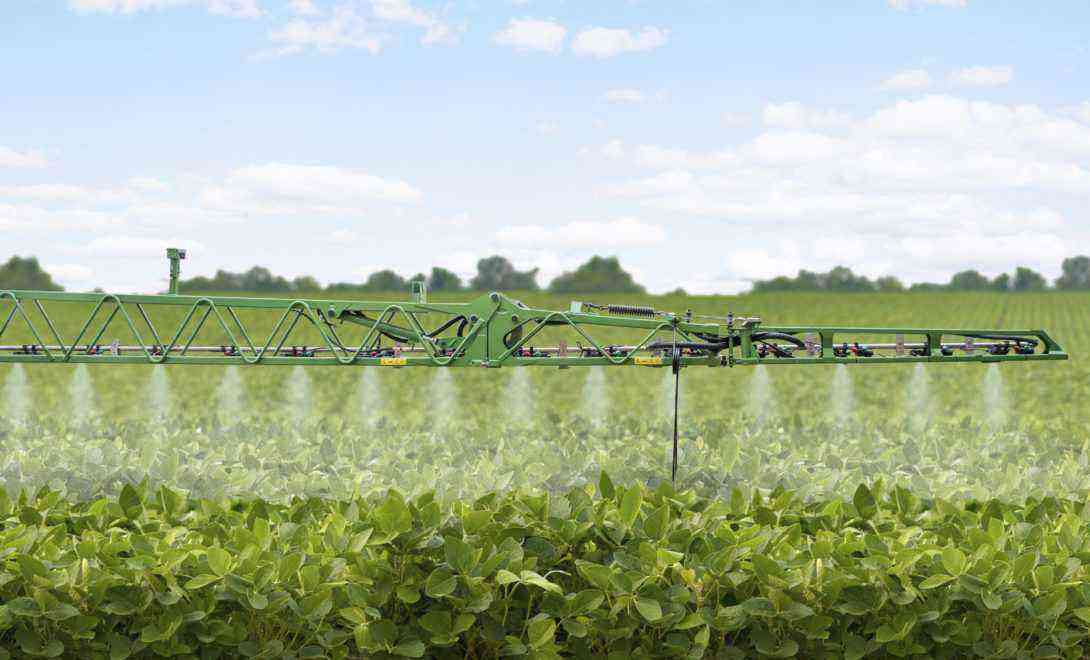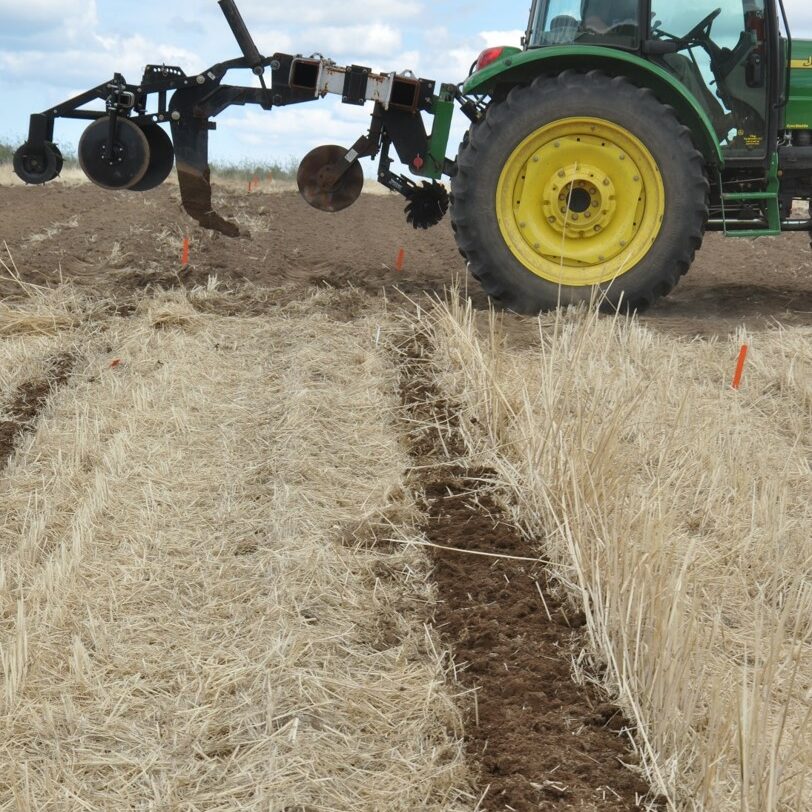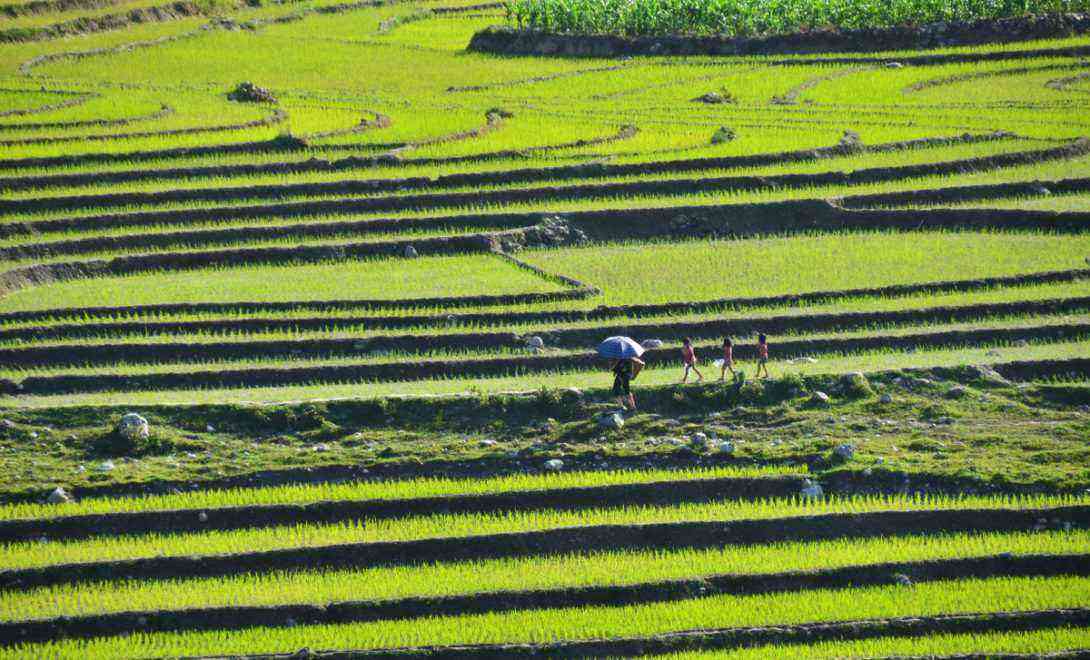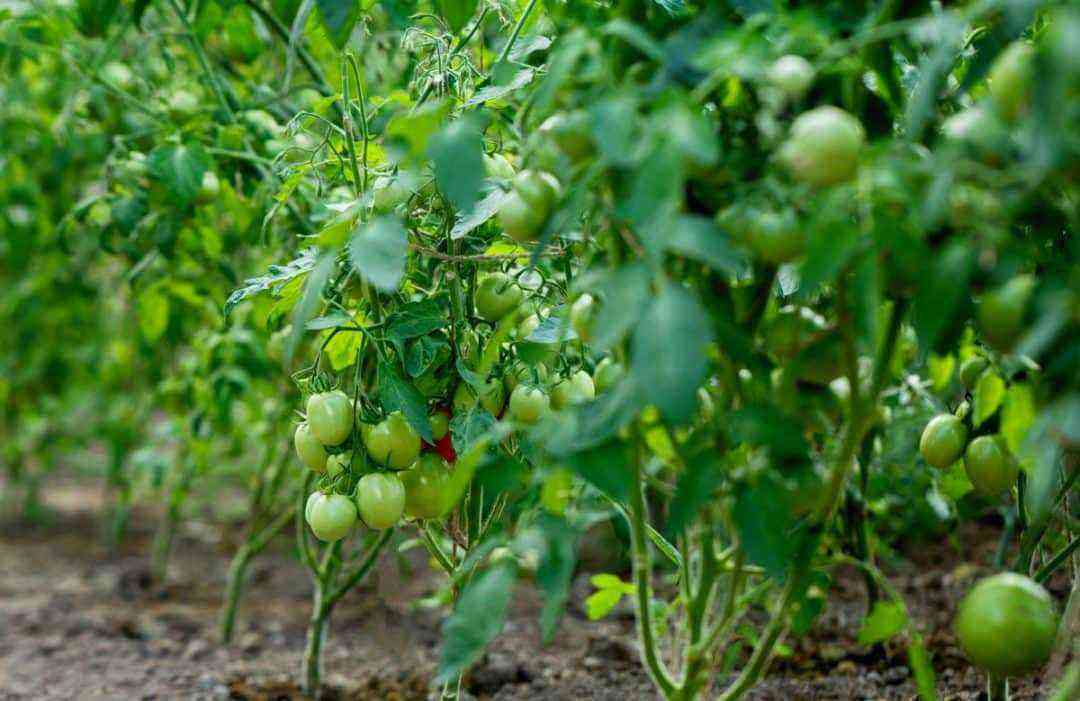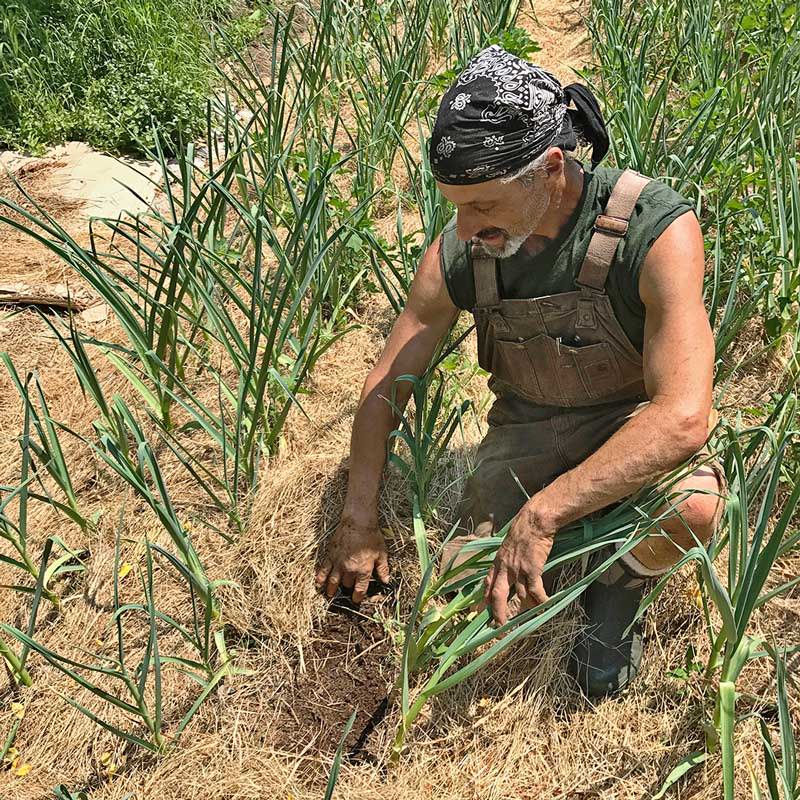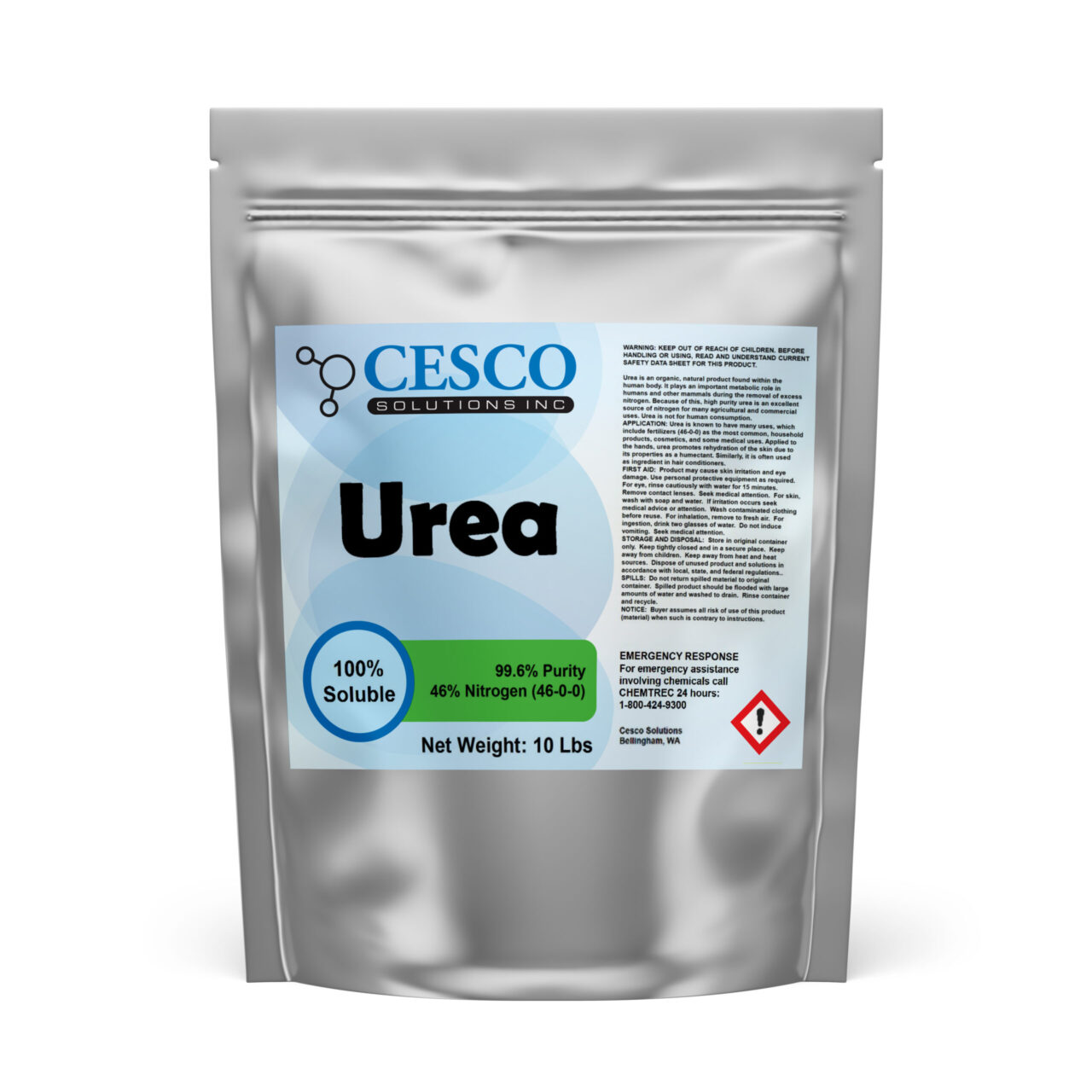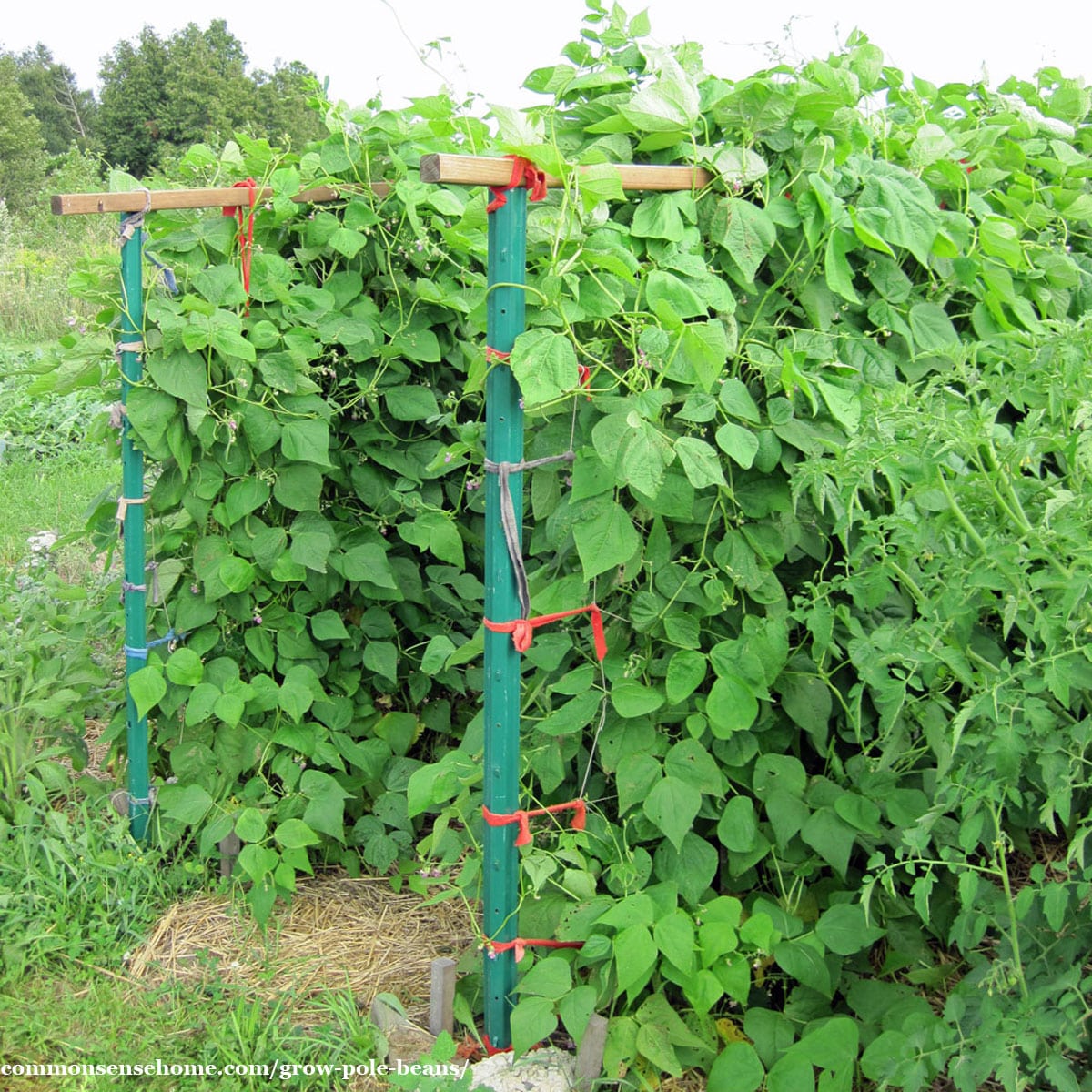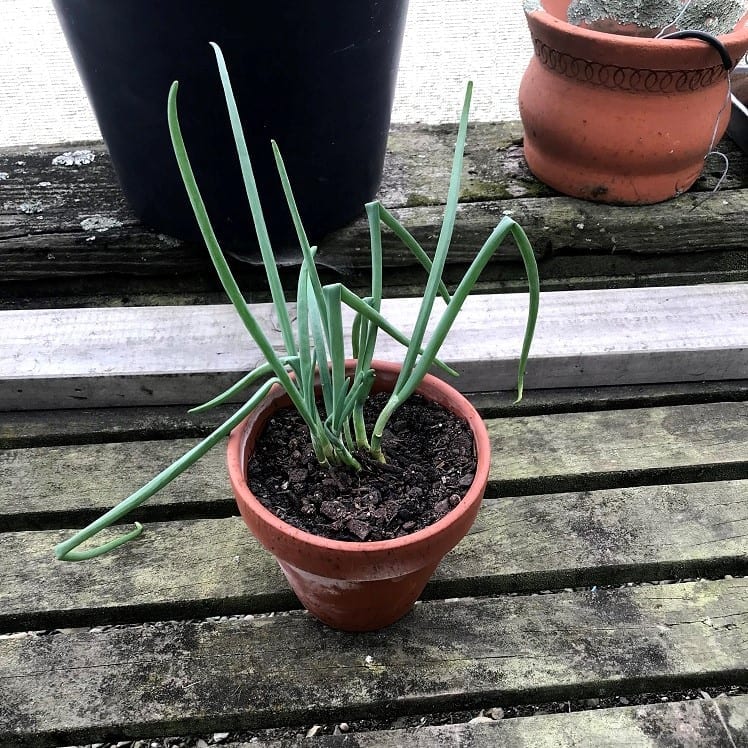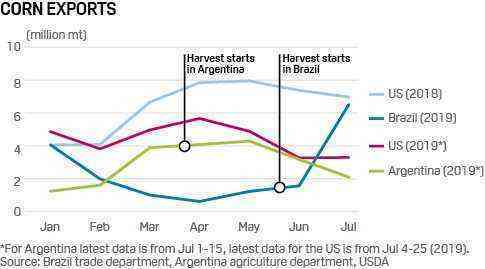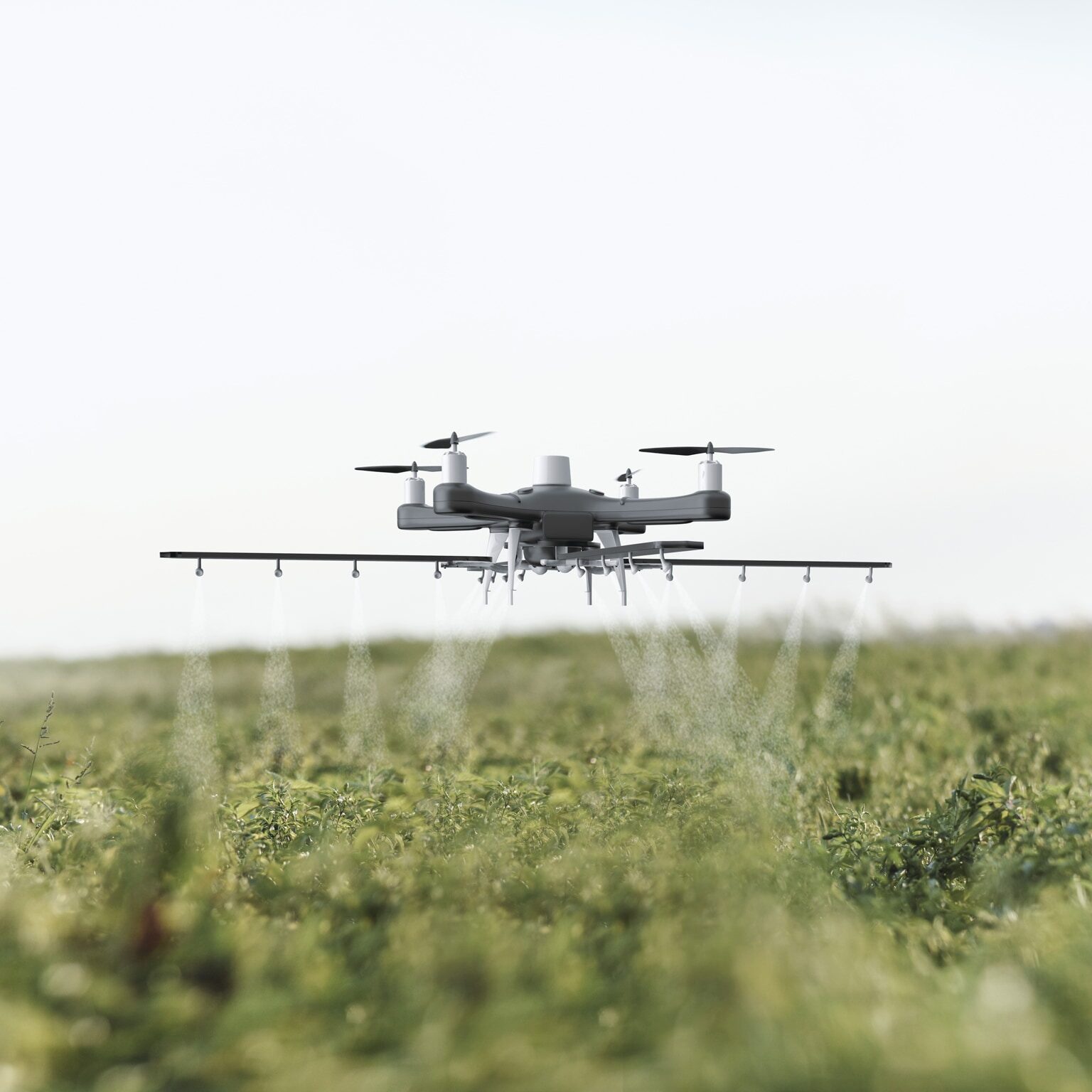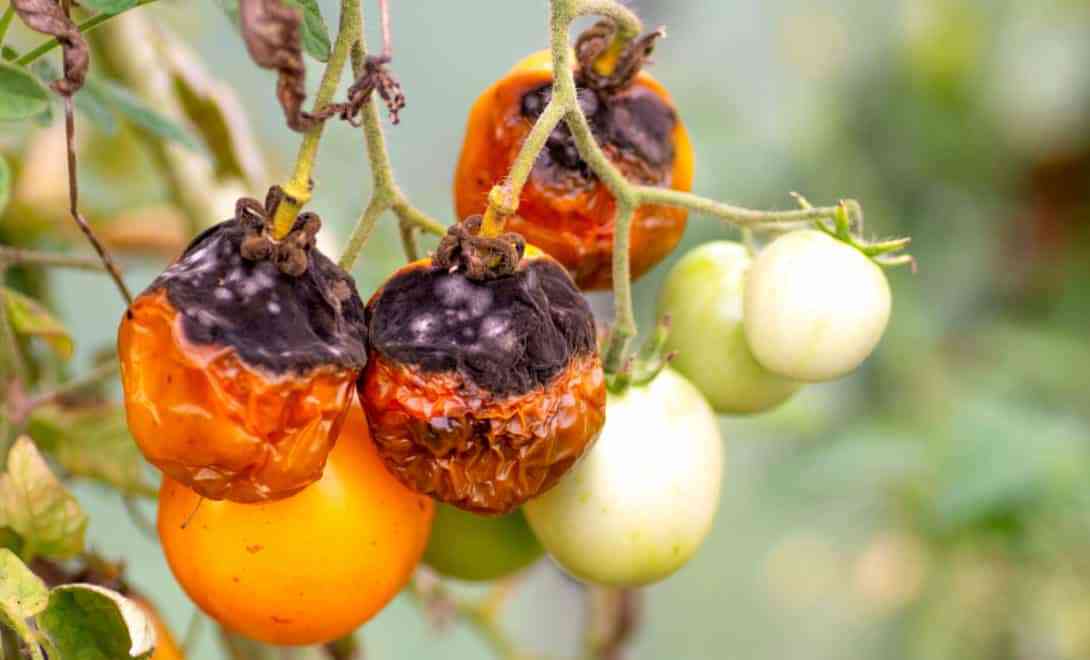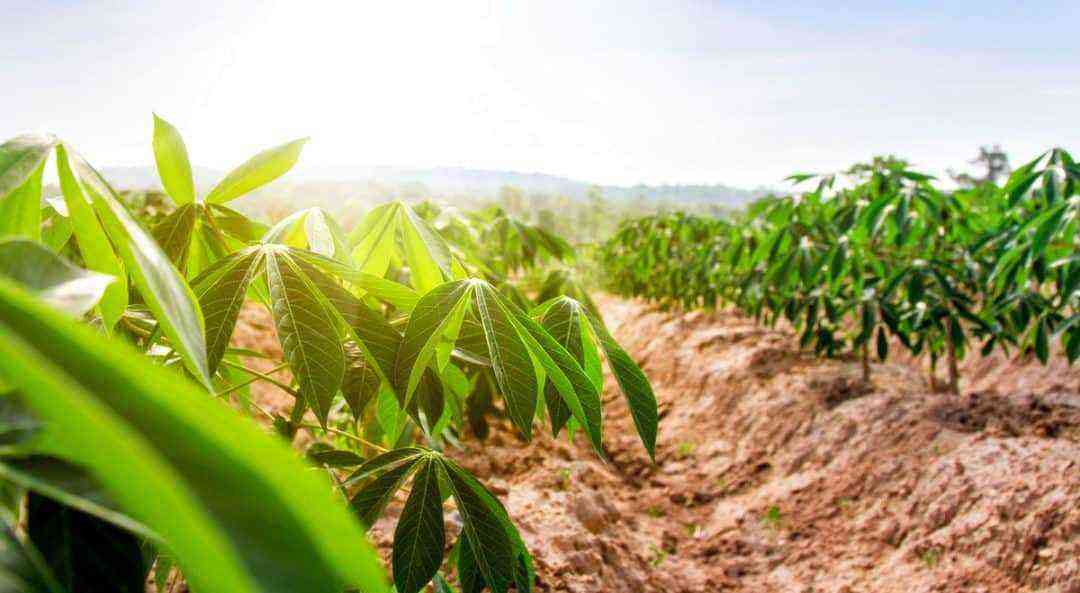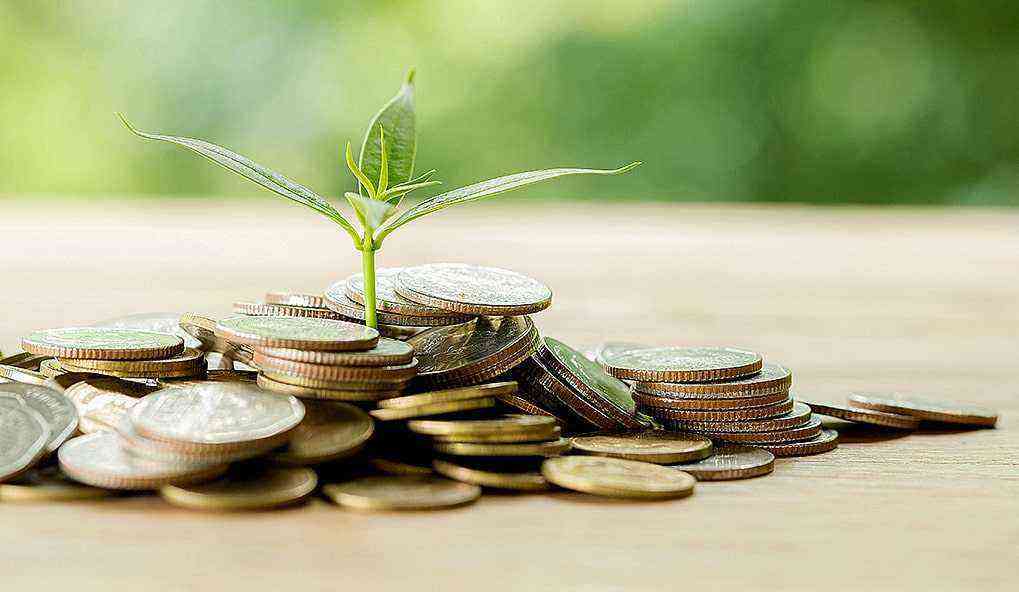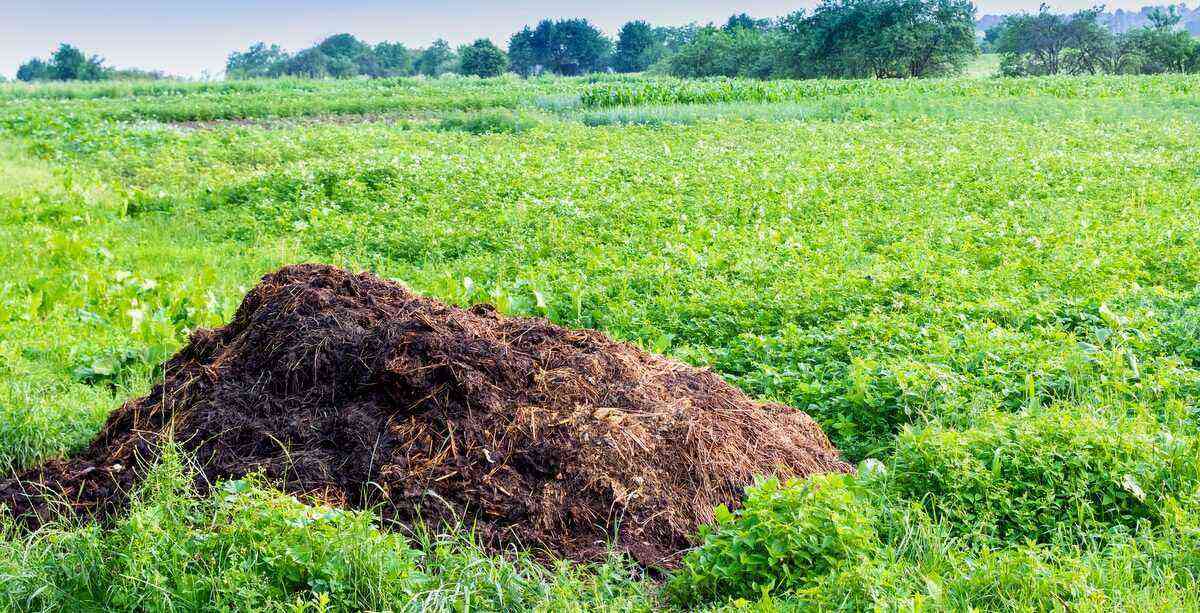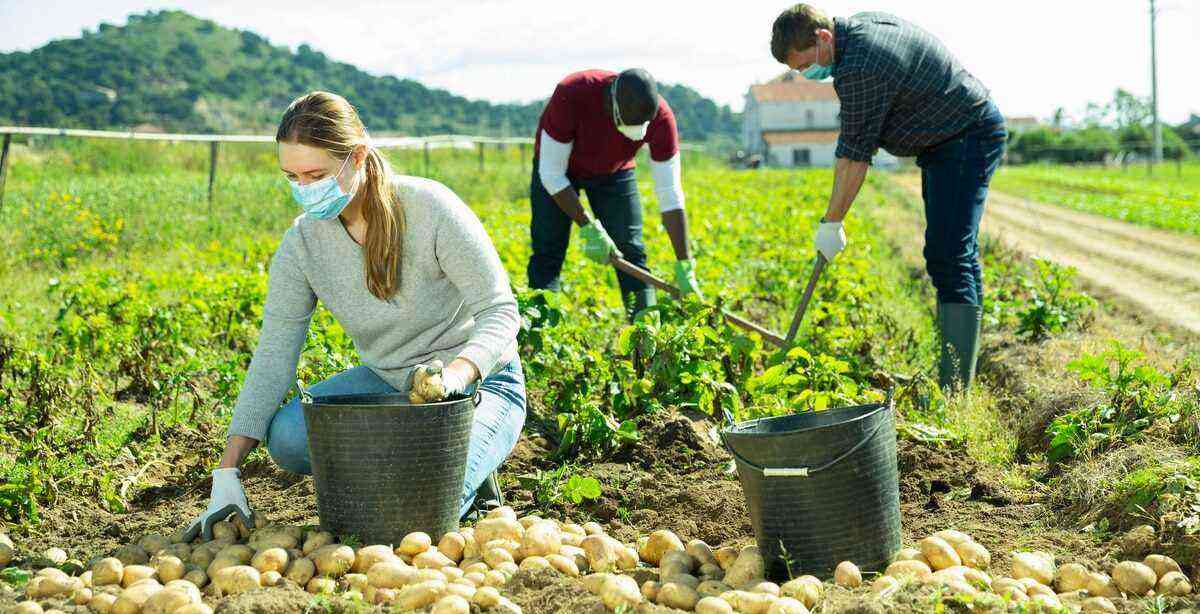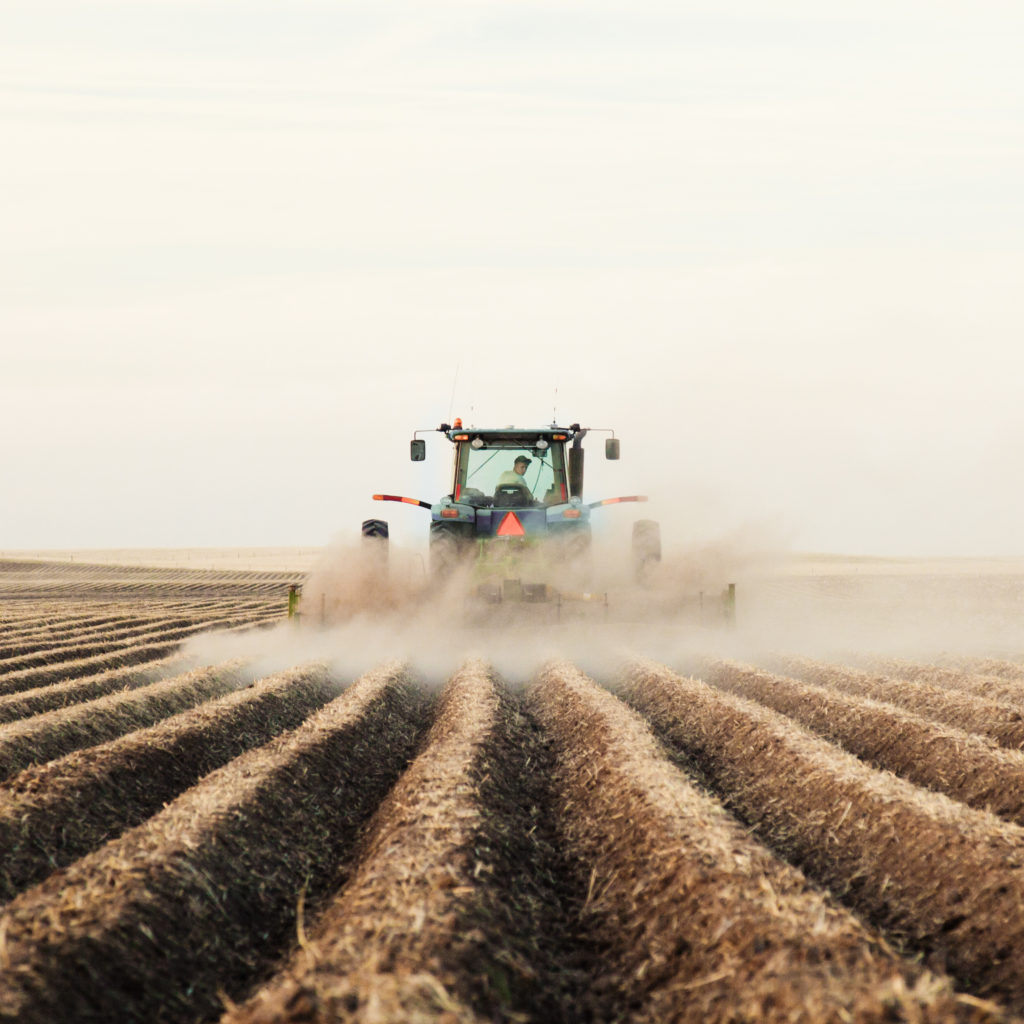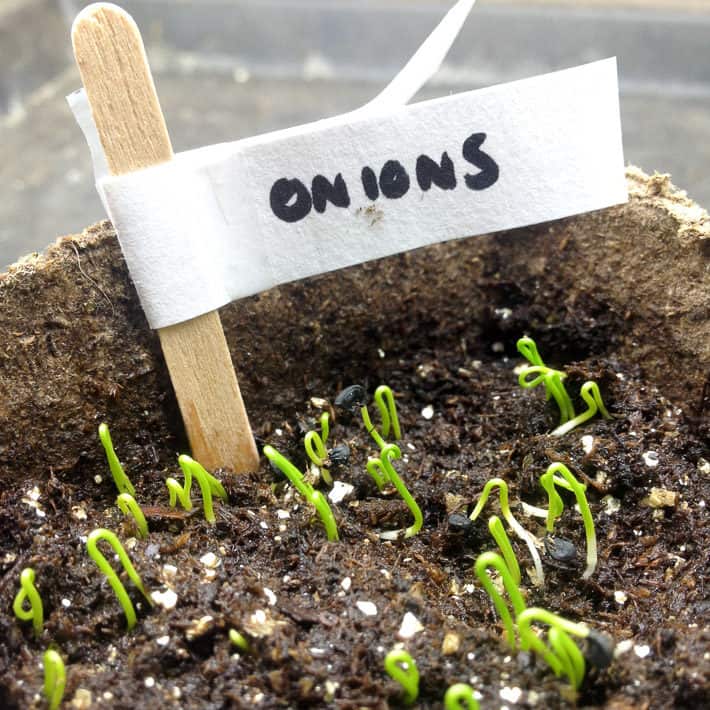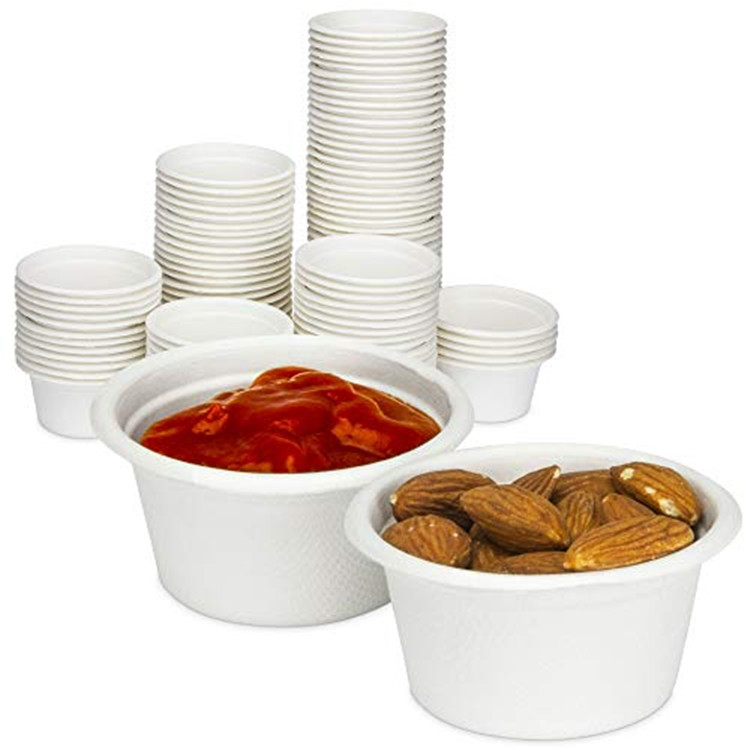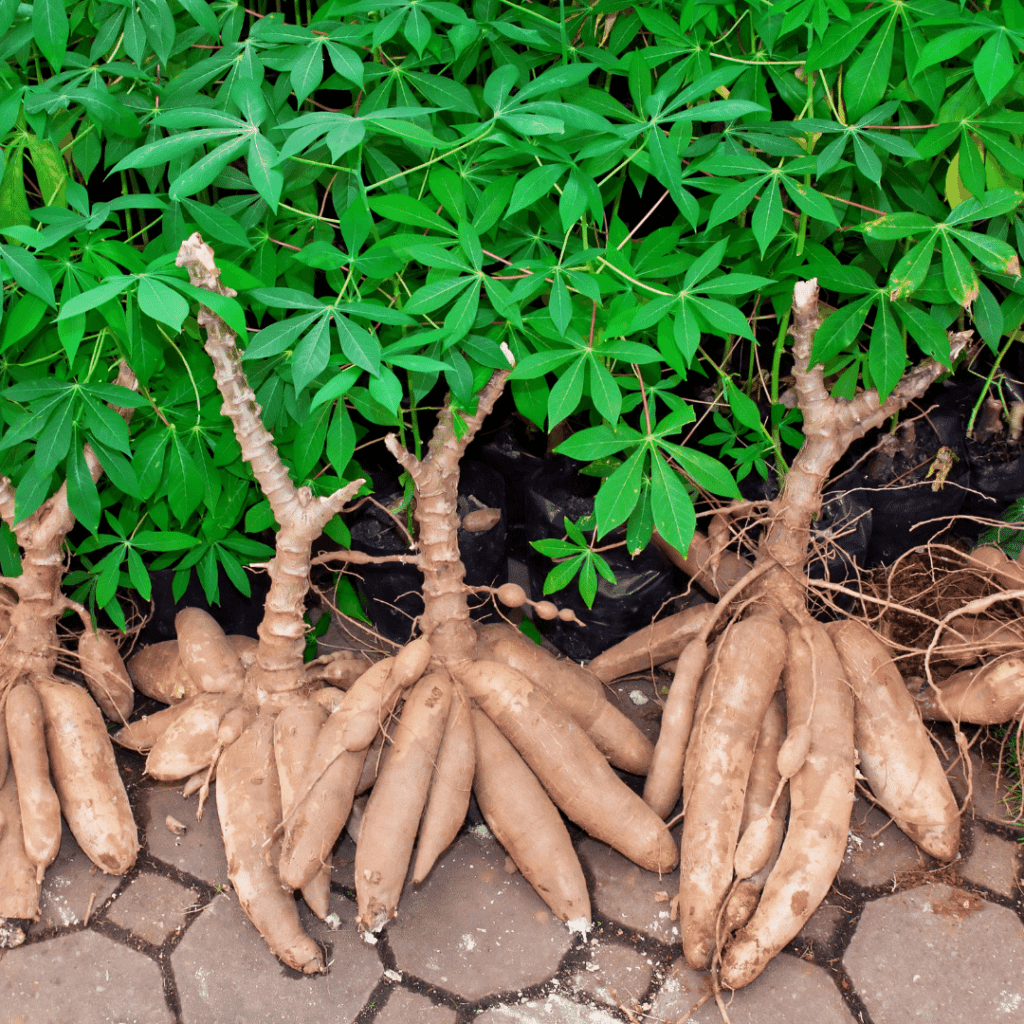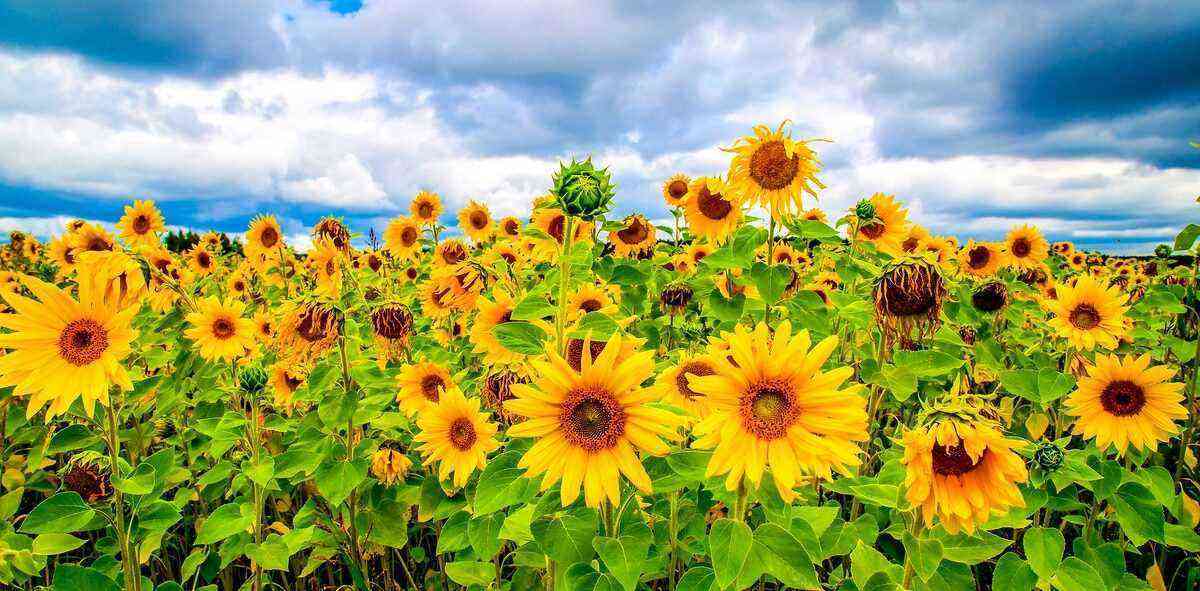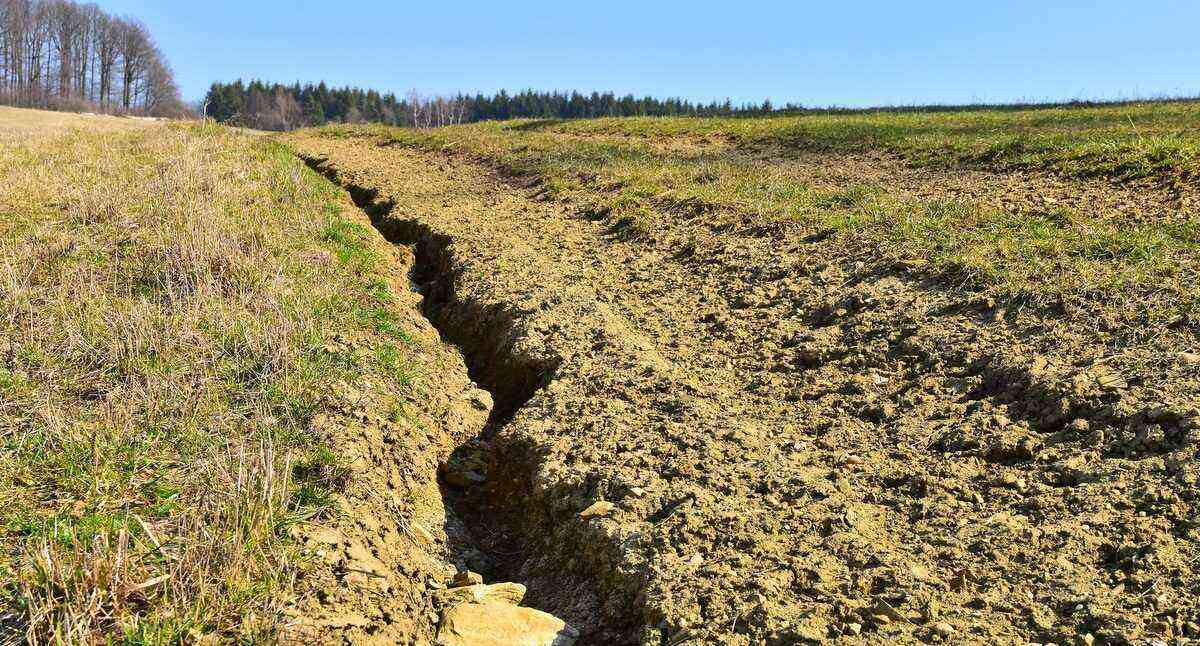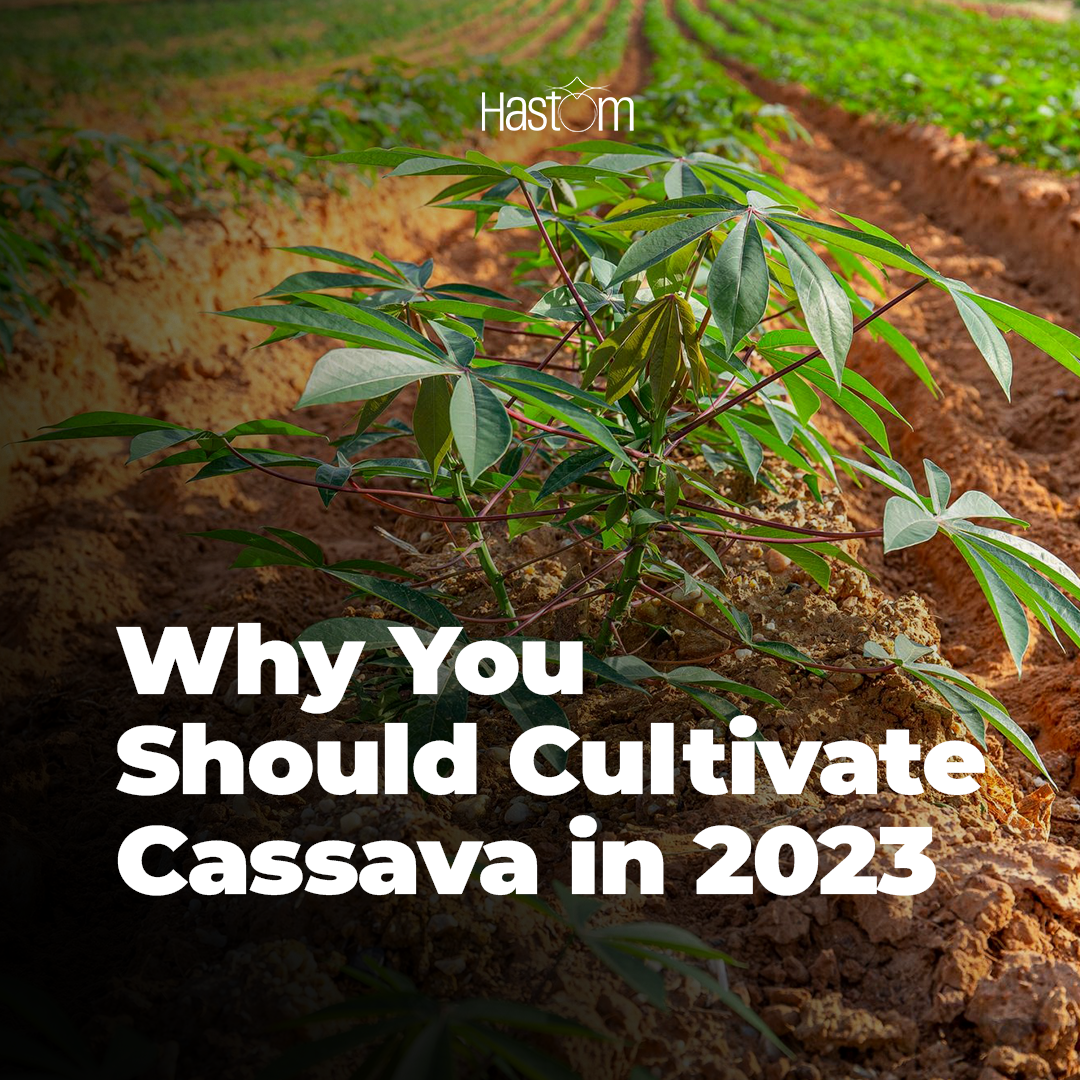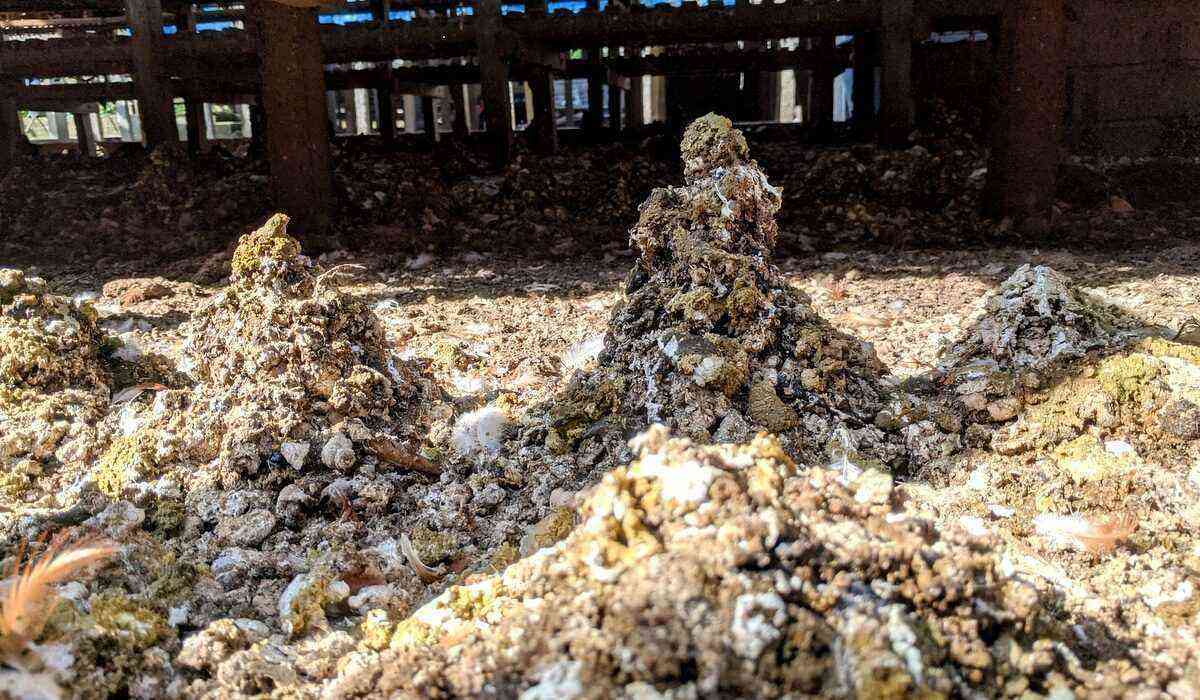Coffee is a drink that is part of our daily lives, rich in nutrients and certainly has very interesting effects on the body. In Brazil, it is the second most consumed.
After all, it is an ancient tradition and, in this post, we are going to tell you everything you need to know about it, such as the origin, cultivation in the world, main varieties and also the grain production process.
Also check: the main coffee producing regions in Brazil.
origin of coffee
Historical data indicate that the origin of this drink took place in the early XNUMXth century and the discovery of the grain took place in Ethiopia. Subsequently, the tradition spread through Egypt and Europe.
In fact, who made this very important discovery was a small shepherd who began to notice that his goats were altered when they ate certain foliage, which was the coffee plant.
After that, coffee was taken to Arabia. It was there that the first crops took place. Primarily, the inhabitants of the region considered this drink as sacred. It was they who baptized it with this name.
The word “coffee” originates in Kaffa because it is the name of the locality where the plant was discovered. However, there are studies that also point to a possible relationship with an Arabic term, “gawa”, which can be translated as “wine”.
The ancient tribes of Africa already knew about the properties of coffee. They used the ground grains to feed warriors and animals, in order to provide greater strength.
Therefore, in video below, learn about the history of coffee, a beverage that is consumed all over the world:
Source: Cafeicultura Magazine.
Start of trade
But it was only later, around 1475, that the first shop specializing in the sale of coffee appeared. It was opened in Constantinople and took the name Kiva Han. About 100 years later, he arrived in Italy, in the city of Venice.
At that time, the church forbade Christians to drink coffee because it considered the drink to be from Muhammad. However, it was only released for consumption when a pope named Clement VIII decided to try the drink.
The first coffee house in Europe was opened in 1652. Later they started to be common, and Holland, which had a large maritime trade, was responsible for taking coffee beans to other parts of the world.
Thus, today coffee production employs an average of 25 million people directly and around 100 million people indirectly, considering the entire production process.
Beginning of coffee cultivation in Brazil
It was the French who brought coffee to the Americas. In Brazil, this drink has become so important since its history is mixed with the country’s own development, so much so that grains are part of social, economic and cultural development.
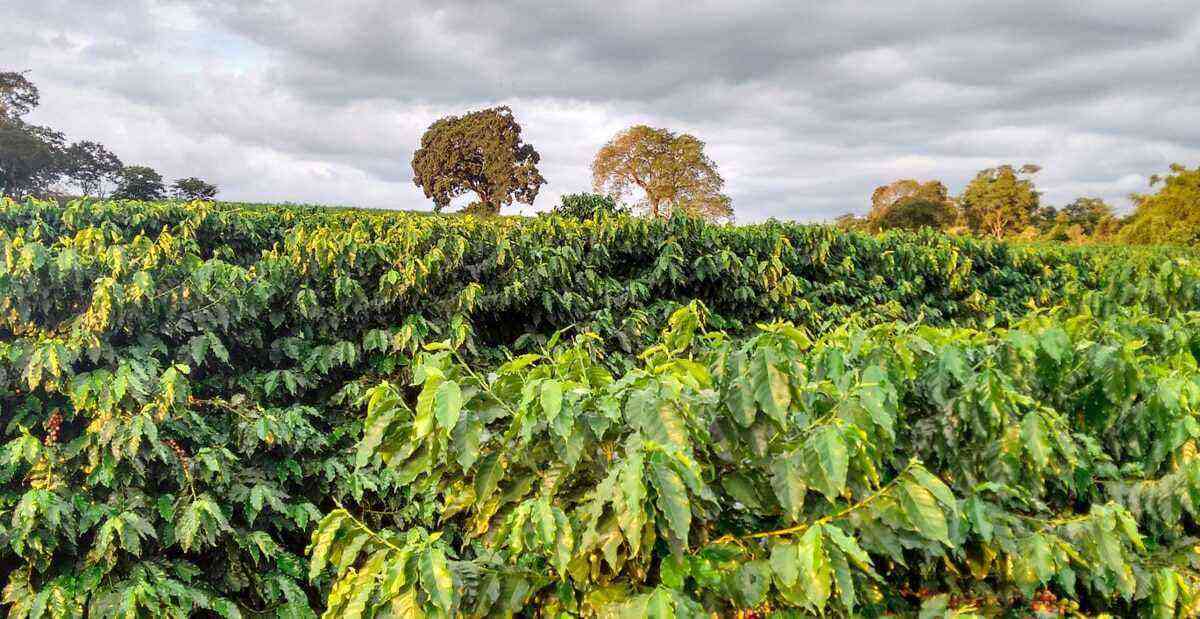
Coffee is a very important crop for the economy of Brazil, which is the largest producer in the world and ranks second in the consumption of this beverage.
It was in 1727 that the Portuguese officer Francisco de Mello Palheta, coming from French Guiana, brought the first coffee seedlings to Brazil.
The history of coffee in Brazil, from the XNUMXth century onwards, is so important for the country’s course from then on that, according to economists and historians, it would not be possible to conceive of the advances that this nation has gone through without the rich income. obtained by the coffee barons, mainly the large coffee plantations in São Paulo.
Today, the country accounts for a third of all world production of this drink. Therefore, its cultivation, on Brazilian soil, occurs in different regions, even allowing the planting of different varieties, such as Arabica and conilon coffee, which we will discuss next.
most common varieties
Coffee belongs to the botanical family Rubiaceae, which has about 500 genera and over 6.000 species. According to scholars, there are 103 species of coffee that belongs to the genus Coffea.
So, of all the species of this drink, only two are cultivated and commercialized: the coffea arabica and coffea conephora, which is known as robust.
Arabica coffee
It comes from the mountainous regions of Ethiopia, and the altitude interferes with the good quality of the grains, since the crops are located at more than 1.000 meters of altitude, which gives an impeccable flavor.
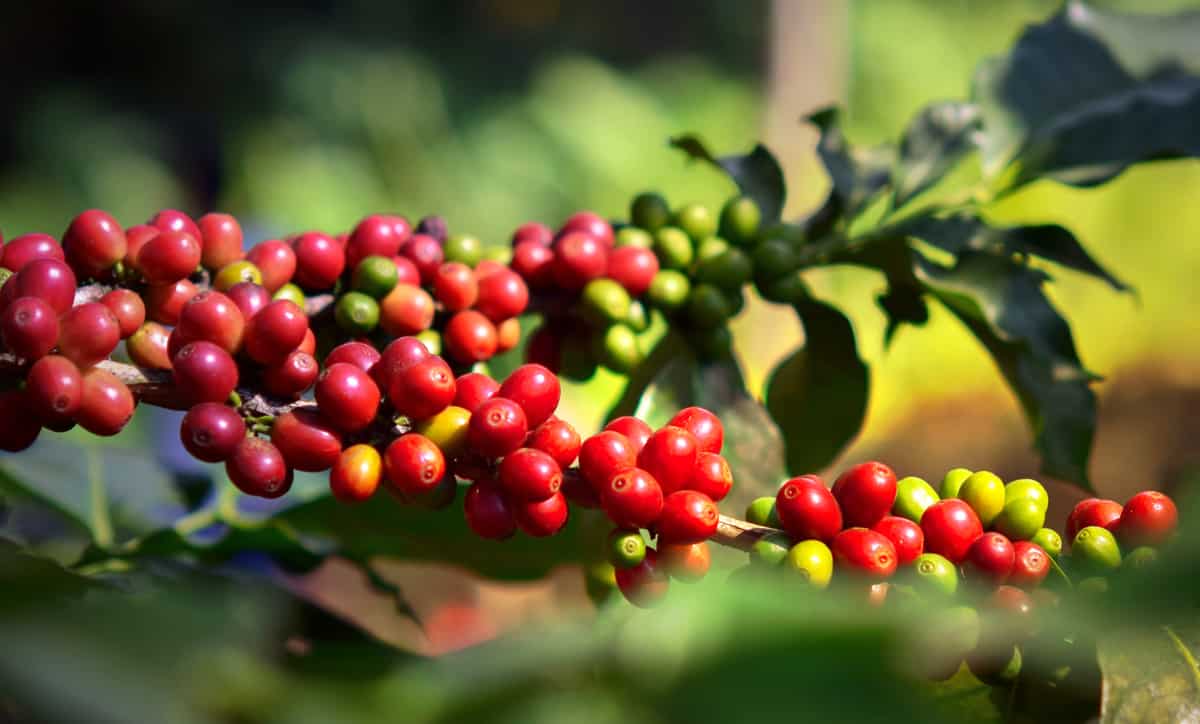
Brazil is the country responsible for most of the production of Arabica coffee in the world. In addition to being delicious, this drink has properties that are good for our health.
Arabica coffee has 50% less caffeine than other varieties while having a higher sugar content, which adds complexity to the flavor. Fine coffees such as yellow catuaí, red, mundo novo and bourbon are varieties of arabica.
Brazil is the world’s largest producer of Arabica coffee, with Colombia in second place.
Robusta coffee
This drink has a higher concentration of caffeine and is therefore more bitter. It is the fruit of the coffea conephora, widely cultivated in Vietnam and Brazil.
It grows well in regions of lower altitude and hot and humid climates. Its planting is more practical, as it also has greater resistance to pest attacks. Conilon coffee is a variety of robusta. The world’s largest producer is Vietnam.

Robusta coffee is more striking and bitter. This variety is widely used in soluble coffee blends due to its high degree of solubility.
Thus, the coffees we find in the supermarket are usually blends made from the two beans.
Robusta coffee is widely used in the production of soluble coffee. Already, 100% Arabica coffees are considered gourmet coffees of superior quality.
Production process
Until it is transformed into one of the most popular beverages in the world, coffee goes through a careful cultivation and production process, full of steps in the processing of the beans, namely:
1. Seeding: The seedlings are produced from the grains. It is planted permanently and takes between 3 and 4 years to start production.
2. Harvest: Harvest the beans when they reach a reddish color, cherry tone. But, there are also yellow grains.
3. Fermentation: Prevents the beans from spoiling. It is made by exposure to the sun, and the beans are constantly turned to dry completely. Another way of fermenting is through washing.
4. Drying: already pulped and fermented, these grains go to drying and reach about 10% of their initial volume. Drying is done in the sun and then the beans are stored in jute bags.
5. Competition: the batches are tasted by professionals who check the aroma, acidity and flavor of the drink. This process is also called cupping and ensures that the final product is of good quality.
6. Torra: leaves the beans in a dark brown tone. For this, special machinery is used.
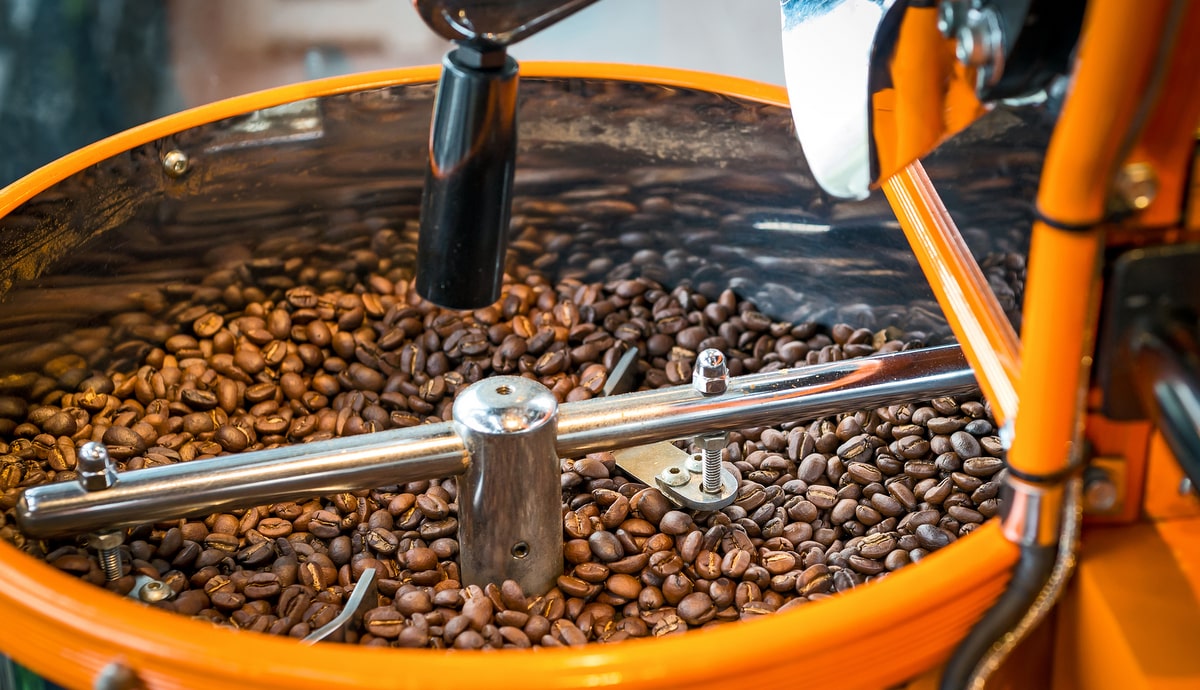
Through roasting, the coffee’s sensory notes are defined, how full-bodied it will be, in addition to its sweetness and acidity.
7. Milling: it is made considering the type of preparation, and can be thinner or thicker.
8. Preparation: it is the moment when the drink is made from the already ground grains. You can use a coffee maker, espresso machines, French press, paper or cloth filters, among other techniques.
invest in cultivation
In this way, as we show in this article, coffee is a beverage that generates great foreign exchange for producing and exporting countries, such as Brazil, moving our economy, with growth prospects, according to data from the Ministry of Agriculture and Livestock.
If you are a coffee producer or want to invest in this crop, be sure to read the article 5 important points about growing coffee.
To end our post, a question: do you know how soluble coffee is produced? In addition to being the most practical way to consume this drink, the version has certainly been conquering fans for its quality. Check it out on video below:
Source: Simple So Program.
Also visit our website and learn about the business opportunities that we mediate for you rural producer in a dynamic, fast and intelligent way. Buy and sell with us. We provide the best solutions for your property.
There, you can also find the best ads involving coffee, a drink that is part of the daily lives of most Brazilians.

